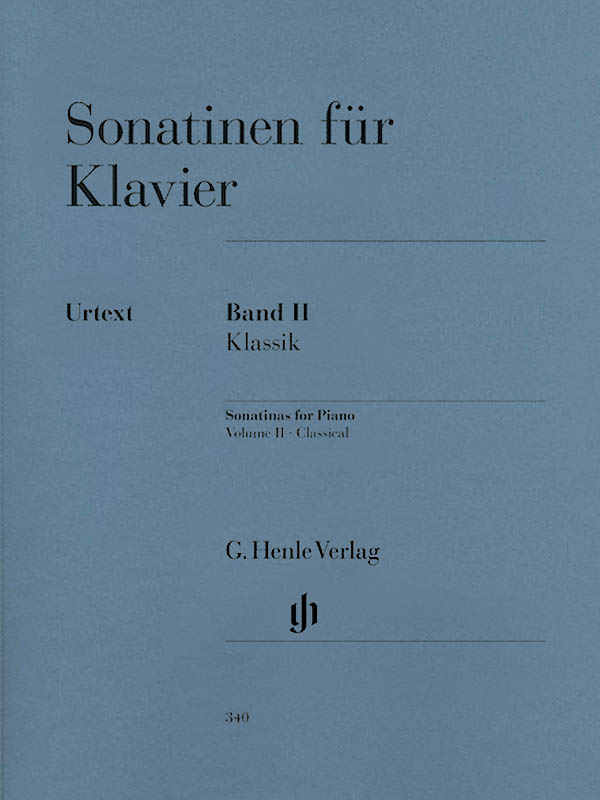Well, I’m FINALLY getting around to posting my notes from the 2011 MTNA National Conference! Here’s my notes from Monday, March 28:
 MONDAY @ 1pm: G Hele Verlag: Henle Urtext Editions–Music Is Our Passion
MONDAY @ 1pm: G Hele Verlag: Henle Urtext Editions–Music Is Our Passion
Many people are familiar with the famous blue covers of Henle editions! This session was given by Henle editor Norbert Gertsch. Gertsch gave us a look into the history of the Henle publishing company and a peek into what the urtext editing process is like.
Henle strives to create editions that are both urtext and practical.
What is URTEXT and why is it important? Urtext editions consult a number of sources to try to create the most accurate edition according to the composer’s wishes. Urtext solves the problem of wanting to know what the Beethoven wrote, versus how Artur Schnabel says Beethoven’s sonatas should be played (for example).
Some ask, why can’t you just copy the composer’s original manuscript? Answer: It’s simply not that simple.
- Some composers are messier writers than others. Sometimes, you need an expert.
- When a work was published during the composer’s lifetime, the composer oftentimes made corrections or even changes to the piece. These edited versions must also be consulted. Sometimes works are even edited again and republished later.
Steps to creating an urtext:
- COLLECT. This involves collecting everything you can find: sketches, autograph working manuscripts, autograph copies, print proofs, 1st editions, composer’s copy of 1st edition, corrected 1st edition, revised edition, etc..
- EVALUATE.
- EDIT.
Gertsch then asked, do we really need an urtext for everything? He pointed out that many modern editions of Fur Elise still have a mistake in measure 7 that originated from Edward Knoll’s incorrect copying of the music from the manuscript. The manuscript is no longer around, but we do have a sketch of the piece in Beethoven’s handwriting that shows the mistake.
For a second example, Gertsch talked about Tchaikovsky’s 1st Piano Concerto and how most modern editions use Dannreuther’s arrangement of the opening chords (which he changed after Tchaikovsky’s death). Henle’s edition shows both Dannreuther’s arrangment which is traditionally played and Tchaikovsky’s original notes. This allows the performer to then make an informed decision about what to play.
Gertsch then switched gears to discuss how Henle strives to make their editions PRACTICAL as well as urtext. Here are a few highlights:
- They offer versions with both fingering and without, so you can choose your preference. (Purists often prefer editions with no fingerings, however, editions with fingering sell more.)
- Various cadenza options are suggested, so you have some choice.
- Editor notes and footnotes are included to give the performer important information. Henle wants the performer to be informed!
- Careful layout to accomodate page turns. Some scores even have foldout pages.
- Aesthetically pleasing, quasi-engraved score.
- Creamy paper to preven treflections from bright stagelights.
- Durable paper that will not tear easily or see-though to the backside.
- The binding is guaranteed to say open on your music rack.
All attendees of this session received a free copy of Volume II of Henle’s Sonatina Album — about a $32 value!
I love Henle editions for many of the reasons above. Although they are pricey, I think for serious students they are worth the investment! It was so fascinating to learn about what goes on behind the making of a practical, urtext edition.


